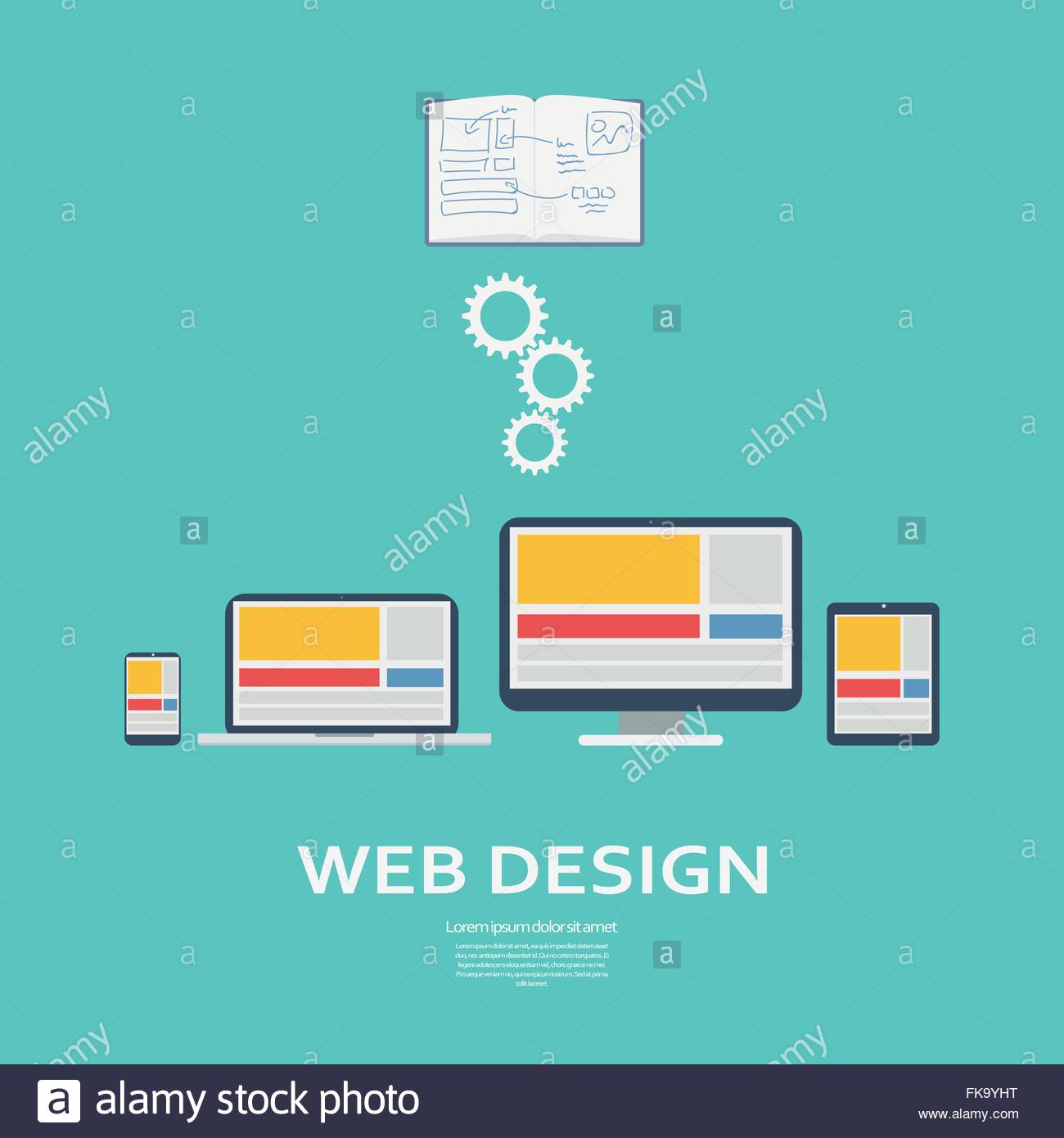Intrigued In Learning Just How Website Style Has Progressed For Many Years? Check Out The Trip From Fundamental, Simple Layouts To User-Centric User Interfaces That Prioritize The Visitor'S Experience
Intrigued In Learning Just How Website Style Has Progressed For Many Years? Check Out The Trip From Fundamental, Simple Layouts To User-Centric User Interfaces That Prioritize The Visitor'S Experience
Blog Article
Created By-Solis Cantu
In the past, web sites were easy and focused on details. check over herea was straight, and layout was for desktops. Now, customer experience is essential. Information overviews layouts for very easy navigation. Responsive formats fit different tools. Today, dark mode lowers pressure, and minimal menus enhance navigating. Interactive functions engage individuals, and bold visuals stand out. AI assimilation improves engagement. See how style has progressed to enhance your online trip.
Early Days of Website Design
In the early days of website design, simpleness preponderated. Internet sites were basic, with minimal shades, fonts, and layouts. The emphasis was on offering details rather than fancy visuals. Customers accessed the net via slow dial-up links, so speed and performance were crucial.
Navigating menus were straightforward, commonly situated on top or side of the page. Web sites were developed for home computer, as mobile surfing had not been yet prevalent. Web content was king, and designers focused on simple readability over intricate style elements.
HTML was the main coding language utilized, and developers needed to work within its restrictions. Animations and interactive features were minimal compared to today's criteria. Sites were fixed, with little dynamic content or personalized user experiences.
Surge of User-Focused Layout
With the evolution of internet site style, a shift in the direction of user-focused layout concepts has ended up being significantly prominent. Today, producing websites that focus on customer experience is crucial for engaging site visitors and attaining organization goals. User-focused style includes recognizing the requirements, preferences, and habits of your target market to tailor the site's format, web content, and features accordingly.
Designers now conduct extensive research, such as user surveys and functionality testing, to gather understandings and feedback straight from customers. This data-driven technique assists in developing instinctive navigation, clear calls-to-action, and aesthetically attractive user interfaces that resonate with site visitors. By positioning the user at the facility of the design process, sites can deliver a much more personalized and delightful experience.
Receptive design has likewise emerged as a crucial element of user-focused style, ensuring that web sites are enhanced for different tools and screen dimensions. This versatility enhances ease of access and functionality, accommodating the diverse methods individuals connect with websites today. Fundamentally, the rise of user-focused layout represents a shift towards producing electronic experiences that prioritize the demands and assumptions of completion customer.
Modern Trends in Website Design
Explore the latest trends shaping website design today. One popular fad is dark setting layout, providing a sleek and modern-day look while decreasing eye stress in low-light settings. Another vital pattern is minimalist navigation, simplifying food selections and improving individual experience by focusing on essential elements. Incorporating micro-interactions, such as computer animated switches or scrolling results, can create an extra engaging and interactive website. Responsive layout remains important, making certain seamless customer experiences across various devices. Furthermore, using strong typography and asymmetrical layouts can add visual passion and draw attention to details content.
Integrating AI modern technology, like chatbots for client assistance or individualized suggestions, boosts customer interaction and improves procedures. online seo expert has also come to be a substantial fad, with designers focusing on comprehensive style practices to accommodate diverse individual needs. Embracing sustainability by maximizing site efficiency for speed and efficiency is another arising fad in web design. Collaborating with individual feedback and information analytics to iterate and improve layout continuously is vital for staying appropriate in the ever-evolving electronic landscape. By embracing these modern-day fads, you can create an aesthetically attractive, straightforward internet site that reverberates with your audience.
https://messiahqleys.yomoblog.com/36153785/yearning-to-improve-your-on-the-internet-existence-discover-professional-web-design-methods-that-will-certainly-take-your-internet-site-to-the-next-degree
As you review the evolution of site design from the early days to currently, you can see how user-focused layout has become the driving force behind modern-day trends.
Accept the trip of modification and adjustment in web design, always keeping the customer experience at the center.
Keep existing with the most up to date fads and technologies, and never stop evolving your technique to create visually spectacular and easy to use internet sites.
Develop, adjust, and create - the future of website design remains in your hands.
